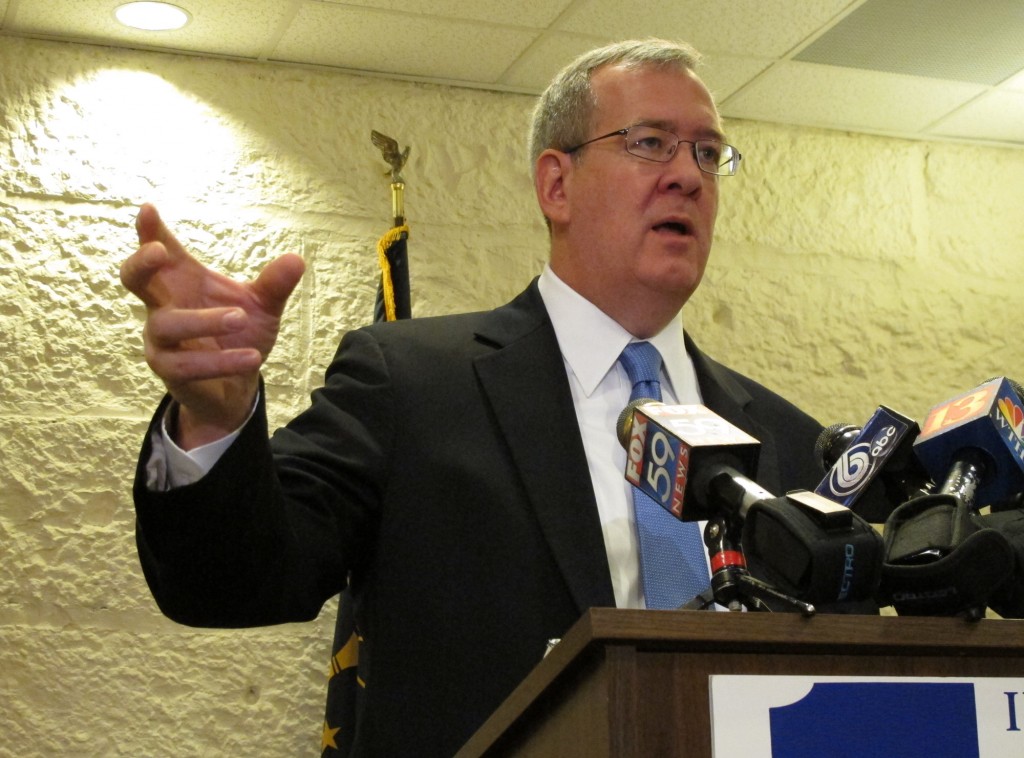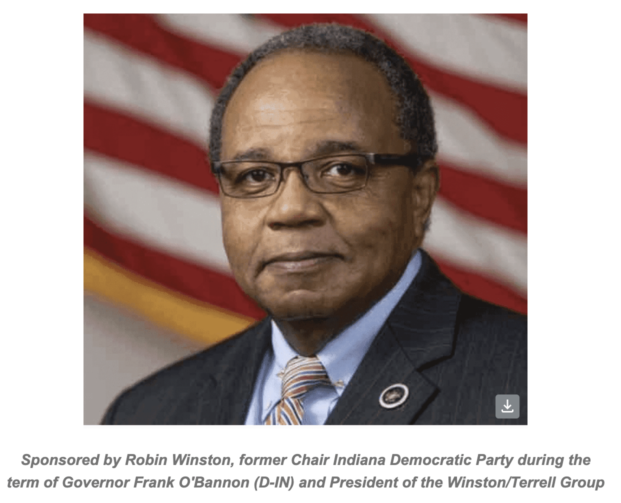It’s Not Labor Shortage, It’s a Pay Shortage

Indiana joined a dozen other states in choosing to end federal pandemic unemployment insurance early. On June 19, unemployed workers in the state will stop receiving their supplemental weekly payments, which are financed by federal tax dollars. This step was clearly taken at the behest of businesses complaining about a ‘labor shortage’ among low-wage jobs. But how real is the problem?
The answer is that the problem may quite real, but has little to do with unemployment payments. Help wanted advertisements in Indiana are up from last year, but last year was a catastrophe, and 2019 was nearly a recession in Indiana. The total help wanted ads over the past two months are just 4.4 percent higher than 2018. That’s hardly a surge in demand for workers.
Of course, it’s not just the advertisements, but what is actually occurring with hiring that influences perception about a labor shortage? If we are going to accuse those on unemployment insurance from dodging work, we might wish to see how new job growth compared to the number who lost their benefits last year. In March and April, Indiana had 65,800 workers lose unemployment benefits, but job growth was negative, with the economy losing 2,900 jobs.
Still, the most relevant data is not on the quantity of jobs, but the wages that indicate whether or not there is a labor shortage. For all of 2018, the average advertised wage for a new job was $16.82 in inflation-adjusted dollars. For the last three months it was $16.77 per hour. Businesses can hardly be feeling the weight of a labor shortage without offering higher salaries to workers. Try as they might, states cannot repeal the law of demand.
None of this means that some workers aren’t choosing not to work because they receive benefits, nor does it mean businesses aren’t finding it hard to hire workers. What it does mean is that something else is contributing to the false perception of a ‘labor shortage.’ I think it is more permanent than generous unemployment compensation.
Indiana is fast becoming a panacea for low-wage employers. Since the end of the Great Recession, jobs for those without a high school diploma have grown by 48 percent. Jobs for everyone else have grown between 11 and 14 percent. This expansion of economic opportunity for less-educated workers is good news. However, there are several downsides to a slew of state policies that focus on low-wage employers.
The first is that many of things Indiana government has done to make Indiana a haven for low-wage employers act as a disincentive to businesses who want better-educated workers. The low-tax, low-public-service model appeals only to firms who view workers as a commodity. Increasingly, that is what we’ve been getting. In contrast, businesses who look for talent need good schools, vibrant universities with a large in-state student population and top-notch communities with strong amenities. Indiana’s fiscal model just has not supported these.
A second problem is that low-wage workers also treat their employer like a commodity, which it is. There’s always an abundance of low-wage work, so as work pays comparatively less or as free time becomes more valuable, low-wage workers are more likely to exit the labor force. We’re moving out of a pandemic with advertised jobs paying less than they did in 2018. That will inevitably cause a number of workers to stay home.
The math on this is straightforward. Imagine a couple, each earning $18.30 per hour. That’s a respectable $75,000 per year. But, if you subtract payroll taxes, federal, state and local taxes, and cost of an average commute for one worker that cuts pay by $5.34. Throw in average day care costs for one child, and the net wages for just one of these workers drops to $5.65 per hour.
The bottom line is that for a very large share of working Hoosier families, taking a low-wage job in Indiana just doesn’t make sense. And by low wage, I mean a job that pays considerably better than the average job advertised in Indiana over the past 90 days. Most working families are too busy making a life and raising kids to do these calculations, but the unprecedented shock of this pandemic likely forced many to think about it for the first time.
Government should be largely unconcerned with these types of choices. That includes altering unemployment policies because a few low-wage employers loudly complain. But, if government cannot resist interfering, it should at least give merit to policies that support families. Or at least, that what a confident conservative movement once believed.
Still, maybe we should congratulate Indiana for responding so quickly to claims of a ‘labor shortage.’ After all, Hoosier school superintendents complained about teacher shortages for eight years before the state acted. It took only eight weeks to respond to the restaurant industry’s claims. The problem is that in both cases, there’s not a labor shortage, but a pay shortage.




Leave a Reply